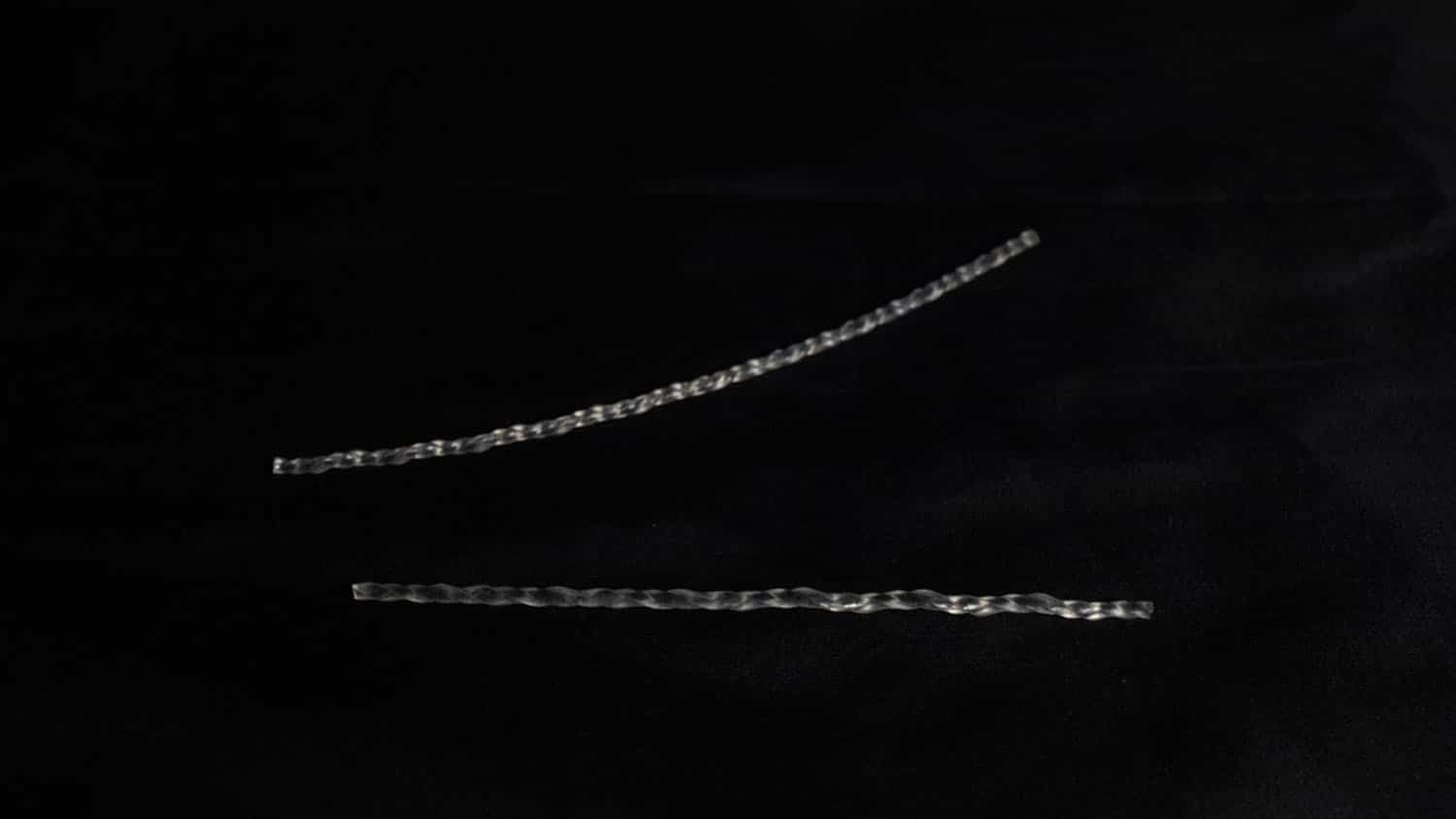A “brainless” soft robot that can navigate more complicated and dynamic surroundings has been developed by researchers who previously developed a soft robot that could navigate simple mazes without the assistance of a person or computer.

Image Credit: North Carolina State University
In our earlier work, we demonstrated that our soft robot was able to twist and turn its way through a very simple obstacle course. However, it was unable to turn unless it encountered an obstacle. In practical terms this meant that the robot could sometimes get stuck, bouncing back and forth between parallel obstacles.
Jie Yin, Study Co-Corresponding Author and Associate Professor, Mechanical and Aerospace Engineering, North Carolina State University
Yin continues, "We have developed a new soft robot that is capable of turning on its own, allowing it to make its way through twisty mazes, even negotiating its way around moving obstacles. And it is all done using physical intelligence, rather than being guided by a computer."
The term “physical intelligence” describes dynamic objects, such as soft robots, whose behavior is controlled by their structural layout and the materials they are built of as opposed to a computer or human.
The new soft robots are composed of ribbon-like liquid crystal elastomers, just like the prior version. The part of the ribbon touching the surface compresses while the portion exposed to the air does not when the robots are put on a surface that is at least 55 degrees Celsius (131 degrees Fahrenheit) hotter than the surrounding air. This causes the robot to roll; the quicker it rolls, the warmer the surface.
The new robot features two separate halves, in contrast to the previous iteration of the soft robot, which had a symmetrical form. The robot is made up of two halves, one of which is formed like a loosely twisted ribbon that stretches in a straight line and the other of which is designed like a more tightly twisted ribbon that spirals around itself.
Due to its asymmetrical shape, the robot’s one end presses down on the ground harder than its other end. Imagine a plastic cup with a mouth that is larger than its base. When something is rolled over a table, it produces an arc rather than rolling in a straight path, which is due to the shape’s asymmetry.
The concept behind our new robot is fairly simple: because of its asymmetrical design, it turns without having to come into contact with an object. So, while it still changes directions when it does come into contact with an object—allowing it to navigate mazes—it cannot get stuck between parallel objects. Instead, its ability to move in arcs allows it to essentially wiggle its way free.
Yao Zhao, Study First Author and Postdoctoral Researcher, North Carolina State University
The researchers showed that the asymmetrical soft robot design could squeeze through places that were narrower than its body size and negotiate more challenging mazes, such as those with moving walls. The new robot design was put to the test in sand and on a metal surface by the researchers.
Yin added, “This work is another step forward in helping us develop innovative approaches to soft robot design—particularly for applications where soft robots would be able to harvest heat energy from their environment.”
The study, titled “Physically Intelligent Autonomous Soft Robotic Maze Escaper,’ was published in Science Advances. NC State postdoctoral researcher Yao Zhao is the study’s first author. The co-corresponding author is NC State Associate Professor of Mechanical and Aerospace Engineering Hao Su. Yaoye Hong, a recent NC State Ph.D. graduate, Yanbin Li, a postdoctoral researcher at NC State, and Fangjie Qi, and Haitao Qing, two Ph.D. students, are additional co-authors.
The National Science Foundation provided funding for the study through grants 2005374, 2126072, 1944655, and 2026622.
Journal Reference:
Zhao, Y., et al. (2023) Physically intelligent autonomous soft robotic maze escaper. Nature Nanotechnology. doi:10.1126/sciadv.adi3254